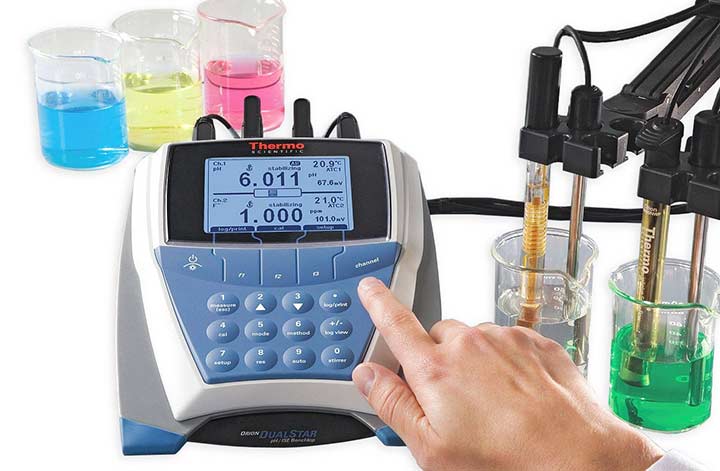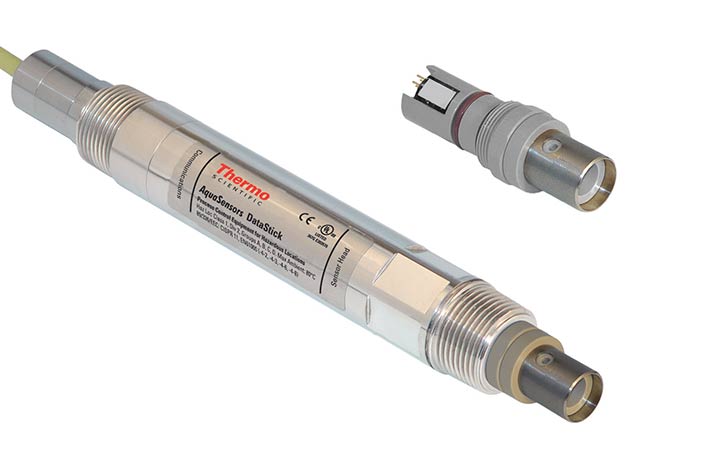Conductivity & Salinity Monitoring
 Conductivity (EC) is a measure of the ability of water to pass an electric current; it is affected by the presence of dissolved solids such as chloride, nitrate and phosphate. Conductivity can be a very useful indicator that a discharge of some sort has entered a stream, or some other change has occurred.
Conductivity (EC) is a measure of the ability of water to pass an electric current; it is affected by the presence of dissolved solids such as chloride, nitrate and phosphate. Conductivity can be a very useful indicator that a discharge of some sort has entered a stream, or some other change has occurred.
Conductivity is affected by temperature; the warmer the water, the higher the conductivity. For this reason, conductivity is reported as conductivity at 25 degrees Celsius. In streams and rivers conductivity is affected by the area through which the water flows. Streams that run through granite bedrock have lower conductivity as granite is composed of more inert materials that do not ionize. However water that flows through clay soils have higher conductivity due to the presence of materials that ionize.
Distilled water has conductivity in the range of 0.5 to 3 µmhos/cm. Studies show that inland fresh water indicate that streams with good aquatic life have a range between 150 and 500 µhos/cm. Anything outside this range could be harmful to certain species of wildlife. Industrial waters can range as high as 10,000 µmhos/cm. Regular measurement of conductivity can alert you to discharge or another source of pollution that has entered the water.









